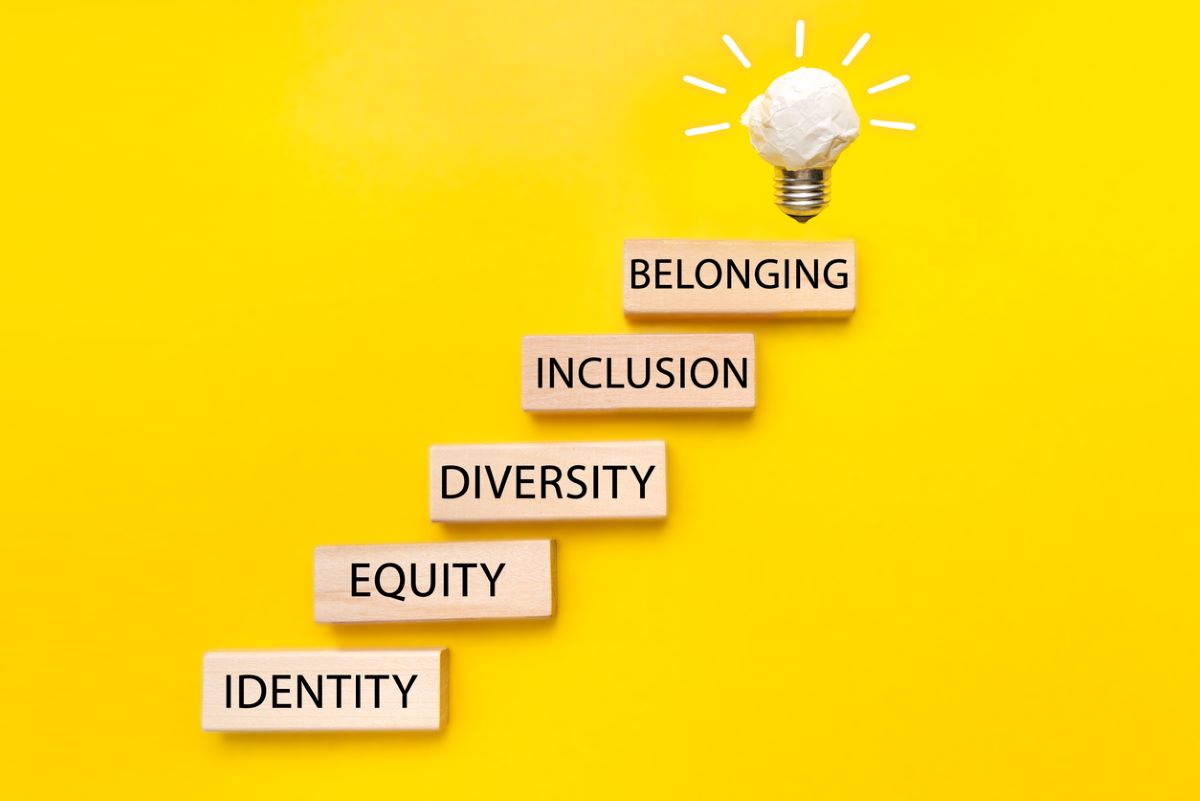Curating the week in wellness Oct. 4–8, 2021: Pursuing meaningful wellness, crafting more inclusive benefits, and more
The week’s essential content and fresh industry pickings for those dedicated to employee well-being.

Greetings, wellness, HR and comms pros!
Here’s this week’s collection of thought-provoking articles, savvy tips and relevant takeaways.
As always, please get in touch with any ideas, suggestions or feedback on how we can serve you better or cover topics that are top of mind at your organization.
1. A call to pursue genuine, more meaningful employee wellness.
Carrie Dennett, a dietician who worked for 10 years as a copywriter for a corporate wellness company, serves up some harsh truths about workplace well-being initiatives. Her piece in The Seattle Times takes a dim view of weight-loss programs and other schemes aimed at saving money or boosting productivity. Instead, she argues, workplace wellness initiatives should focus on incentives that “help employees be happier and healthier.”
How can wellness pros do such a thing? For starters, more isn’t always more. Dennett writes:
“A 2019 article in Harvard Business Review pointed out that some companies offer a vast array of wellness benefits with the expressed intent of offsetting work stress, but that this isn’t the antidote it’s touted to be. Indeed, if your boss expects you to respond to email or Slack messages 24/7 and you’re grappling with burnout, free ‘healthy’ cooking classes and afternoon yoga aren’t going to counteract that.”
Instead of throwing everything at the wall and seeing what sticks, it’s wise to perhaps narrow your offerings and focus more on supporting people’s most urgent needs. That requires listening keenly to what your unique workforce actually wants and might genuinely benefit from. Dennett closes:
“… to truly help employees be healthier—and happier—it needs to shift significantly from the current norms to focus on true wellness rather than weight. It also needs to be coupled with a workplace culture that allows employees to use their vacation time guilt-free and set boundaries around after-hours communications.”
2. Ensuring compliance with vaccine mandates.
HR Executive offers a helpful explainer on the White House’s new vaccine rules. The piece covers all you need to know to remain compliant, along with tidy explanations of what, exactly, organizations are on the hook for. It also offers action steps to take to prepare for the mandates to take effect, including:
- Draft a vaccine or testing policy.
- Ensure vaccine requirements are in place and include potential exemptions for disability/religious accommodations.
- Determine if you’re a federal government contractor or subcontractor.
- Employers not currently covered by the new rules (those with under 100 employees, non-government contractors and non-healthcare organizations) should consider what a potential vaccine policy would look like if/when they are required to instate one.
- Anticipate changes to new requirements due to COVID-19 itself (Delta, Mu and other variants).
3. How six major corporations are prioritizing employee well-being right now.
The World Economic Forum has a robust piece offering insights from health chiefs representing companies such as Chevron, BP and PepsiCo. Jen Fisher, Deloitte’s chief well-being officer, shares how the firm is helping employees weather ongoing upheaval, writing:
“At Deloitte we believe that wellbeing goes beyond just physical health, it also includes mental and emotional health, personal purpose, and financial wellbeing. That’s why we create flexible and inclusive programs and benefits, like our wellbeing subsidy that can be used for purchases and services such as meditation instruction, fitness classes, massages, scuba diving, golf course range fees, and more. We also understand the programs and benefits only go so far if you don’t have a culture that truly supports and encourages wellbeing at work.”
4. Lessons on reporting CSR, DE&I, and ESG progress.
If you’re struggling to report on your company’s sustainability initiatives, employee support programs or philanthropic ventures, have a look at these heavy hitters’ recent reports:
- See how Tractor Supply has launched ambitious new ESG goals.
- See T-Mobile’s 2020 CSR report.
- Learn how FedEx is providing clean water in Honduras.
- Get takeaways from American Express’s latest ESG report.
- See VMWare’s 2021 ESG report.
5. The shifting role of executive influence.
Porter Novelli has published a new “Executive Influence Study” that reveals trends wellness pros should be mindful of. The report finds:
- 95% of business executives say it is more important to them now than in the past to understand the needs and concerns of all their stakeholders
- 82% say it is challenging to know if, when and how to address hot-button societal issues with a further 87% insisting they need more resources or counsel to navigate the societal issues they face today
- 74% say shareholders are no longer their single most important stakeholder
- 95% say the social, cultural, and economic challenges of the last 18 months have made them more aware of how their role can impact society
- 97% believe that the Chief Communications Officer is more important to their organization than in the past
The report is a clarion call for comms pros, HR practitioners and well-being experts to exert their influence to create meaningful change—and to encourage top-level execs to do the same.
6. How benefits can help you weather ‘The Great Resignation.’
A new study from Voya finds that “the majority of employed individuals expect their workplace benefits to play a more critical role in their future job selection (68%) and household financial decisions (61%). As a result of the pandemic, six in 10 of surveyed employees (60%) agree that the pandemic has also made them think more carefully about the types of workplace benefits offered by their employer.”
However, it seems employees would literally rather get a root canal than spend time sifting through open enrollment questions and benefit options.
“72% of employees eligible for benefits say they would rather service their car, visit the dentist or prepare for tax season than review their benefit options.”
So, the onus is on employers to make the benefits process less like pulling teeth. As Voya writes, “This presents a huge opportunity for employers and benefit providers to work together to help simplify and personalize the annual enrollment experience—so employees can act with confidence in how they allocate their next dollar.”
One benefit we can all seem to agree on: Flexibility is king.
7. How to create a workplace that truly prioritizes mental health.
As World Mental Health Day approaches (Oct. 10), Entrepreneur offers five ways companies can bolster their efforts to offer genuine support to workers. The guidance includes:
- Drop the stigma of conversations about mental health in the workplace.
- Embrace a whole-health perspective.
- Prioritize mental and physical health.
- Avoid negative stereotypes.
- Provide ample opportunities to seek and provide help.
8. Viewing benefits through a DE&I lens.
Forbes offers guidance on crafting more inclusive benefits. The tips include:
- Assess gaps in your benefit design by maintaining open communication channels.
- Consider your multigenerational workforce.
- Think outside of traditionally offered benefits.
- Go beyond just educating your workplace about health and wellness resources available to them.
- Break down barriers to access.
If you are offering financial wellness programs, here’s what employees say they want these days.
9. Diversifying leadership development.
A study from Vaya Group reveals that corporate development and mentorship programs offer a dearth of opportunities for women and people of color.
If your company is lacking in this regard, now would be a great time to do something about it.
More guidance: Here’s how Hootsuite is prioritizing DE&I programs, how Whirlpool is attracting more diverse candidates and how one company decided to compensate its ERG leads.







